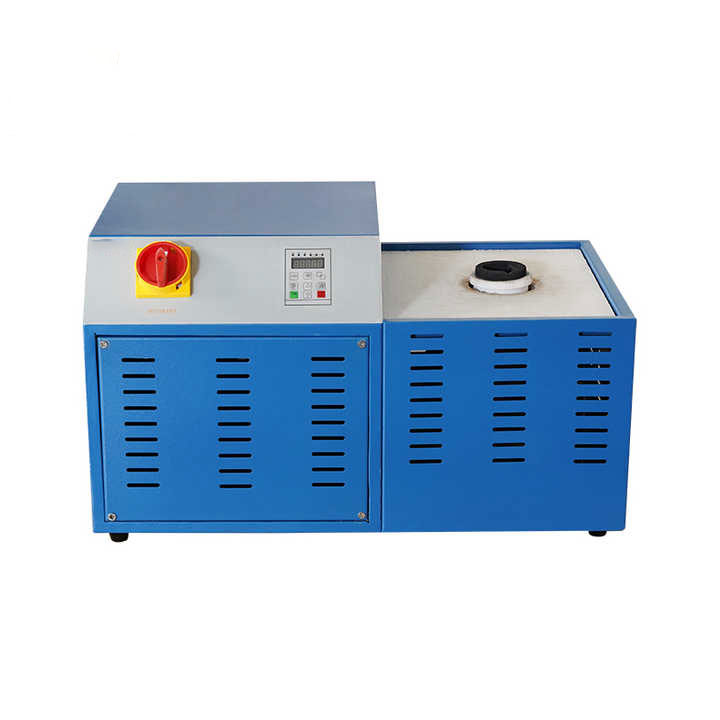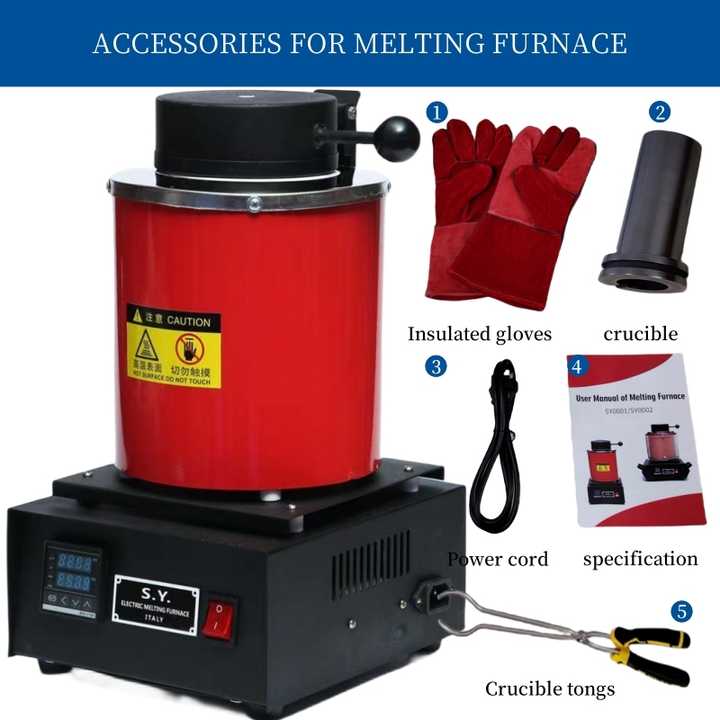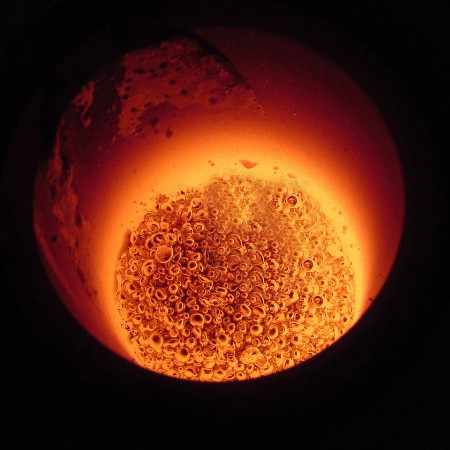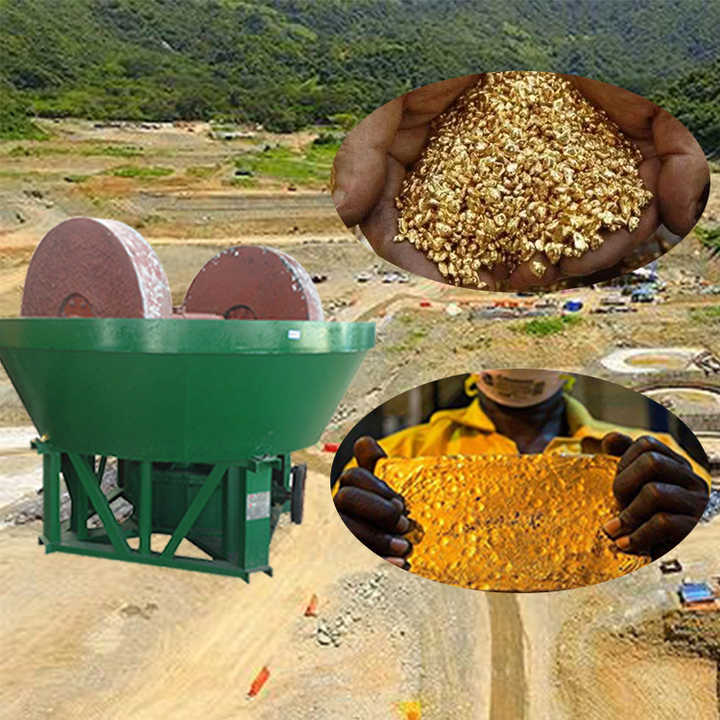Smelting Gold Ore Using Cooper
Smelting Gold Ore Using Copper: A Comprehensive Guide
Copper’s Role in Smelting Gold Ore
Smelting gold ore using copper is a process that has been utilized for centuries, thanks to copper’s unique properties that facilitate the extraction of gold from its ore. Copper, when used in smelting, acts as a flux—a substance that promotes the fusion of materials at high temperatures. In the context of gold smelting, copper helps to reduce the melting point of the ore, making it easier to separate the precious metal from impurities.
FRT Machinery, a leading manufacturer of smelting equipment, emphasizes the importance of selecting the right type and quantity of copper for this process. The purity of the copper and its compatibility with the specific composition of the gold ore being processed can significantly impact the efficiency and yield of the smelting operation.
Preparing the Gold-Ore Mixture with Copper
Before the smelting process begins, it is crucial to prepare the gold-ore mixture properly by incorporating the correct amount of copper. This preparation involves crushing the gold ore into small particles and then mixing it with the required proportion of copper. FRT Machinery recommends a thorough mixing process to ensure uniform distribution, which enhances the effectiveness of the smelting.
The addition of copper to the ore mixture also serves to bind with other metallic elements present, such as iron or lead, forming slag that can be easily removed during the smelting process. This slag separation is vital for purifying the gold, resulting in higher quality output.
The Smelting Process Utilizing Copper
Once the gold-ore mixture is prepared, it is placed in a furnace designed specifically for smelting operations. The temperature within the furnace must reach levels sufficient to melt both the gold and the added copper. Typically, this requires heating to temperatures above 1,000 degrees Celsius.


During smelting, copper reacts with oxygen and other components in the ore, forming compounds that float to the top as slag. Meanwhile, the gold, being heavier, sinks to the bottom of the furnace. FRT Machinery’s advanced furnaces are equipped with precise temperature control systems, ensuring optimal conditions for efficient smelting.
Post-Smelting Refinement with Copper
After smelting, the gold-copper alloy is subjected to further refinement processes to remove any remaining impurities. One method involves adding more copper to the molten mixture, which helps to precipitate out unwanted metals, leaving behind purer gold.
FRT Machinery offers specialized refining equipment that automates this process, ensuring consistent results and minimizing the risk of contamination. The refined gold is then cooled and solidified, ready for further processing or sale.
Safety Considerations When Smelting Gold Ore with Copper
Safety is paramount when dealing with high-temperature processes like smelting. Proper protective gear, including heat-resistant gloves and face shields, should always be worn. Additionally, the work area must be well-ventilated to prevent inhalation of harmful fumes produced during the smelting process.
FRT Machinery provides comprehensive safety guidelines and training programs for operators of their smelting equipment. These resources cover everything from initial setup to ongoing maintenance, ensuring that all safety protocols are strictly followed.
Advantages of Using Copper in Smelting Gold Ore
Using copper in the smelting of gold ore offers several advantages over traditional methods. Not only does it lower the overall melting point of the ore, but it also aids in the removal of impurities, leading to a cleaner final product. Moreover, the addition of copper can enhance the durability and conductivity of the gold alloy, which is beneficial for certain applications.
FRT Machinery continues to innovate in the field of gold smelting, constantly seeking ways to improve efficiency and sustainability. Their commitment to advancing smelting technology ensures that the industry remains at the forefront of metallurgical practices.















